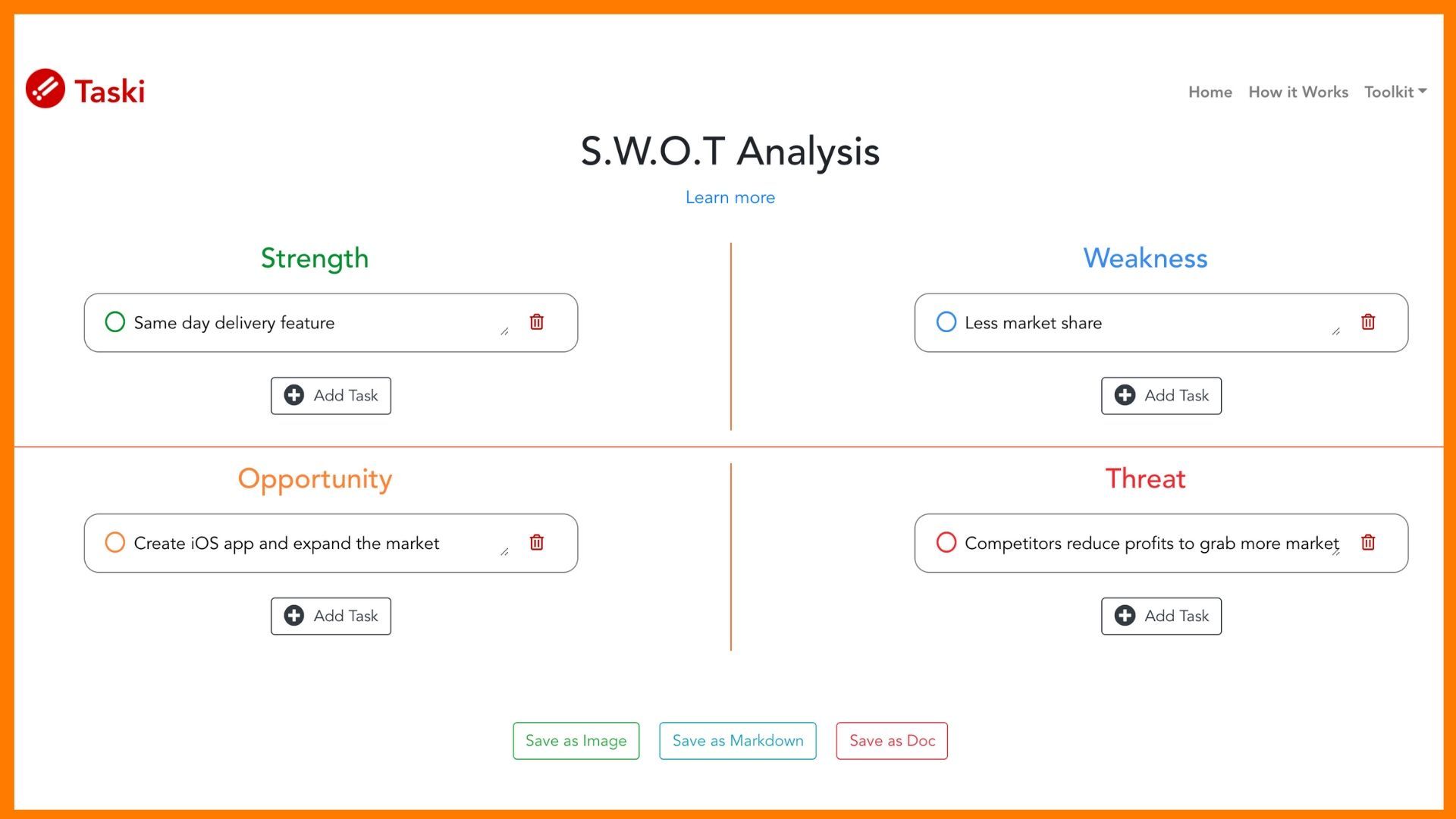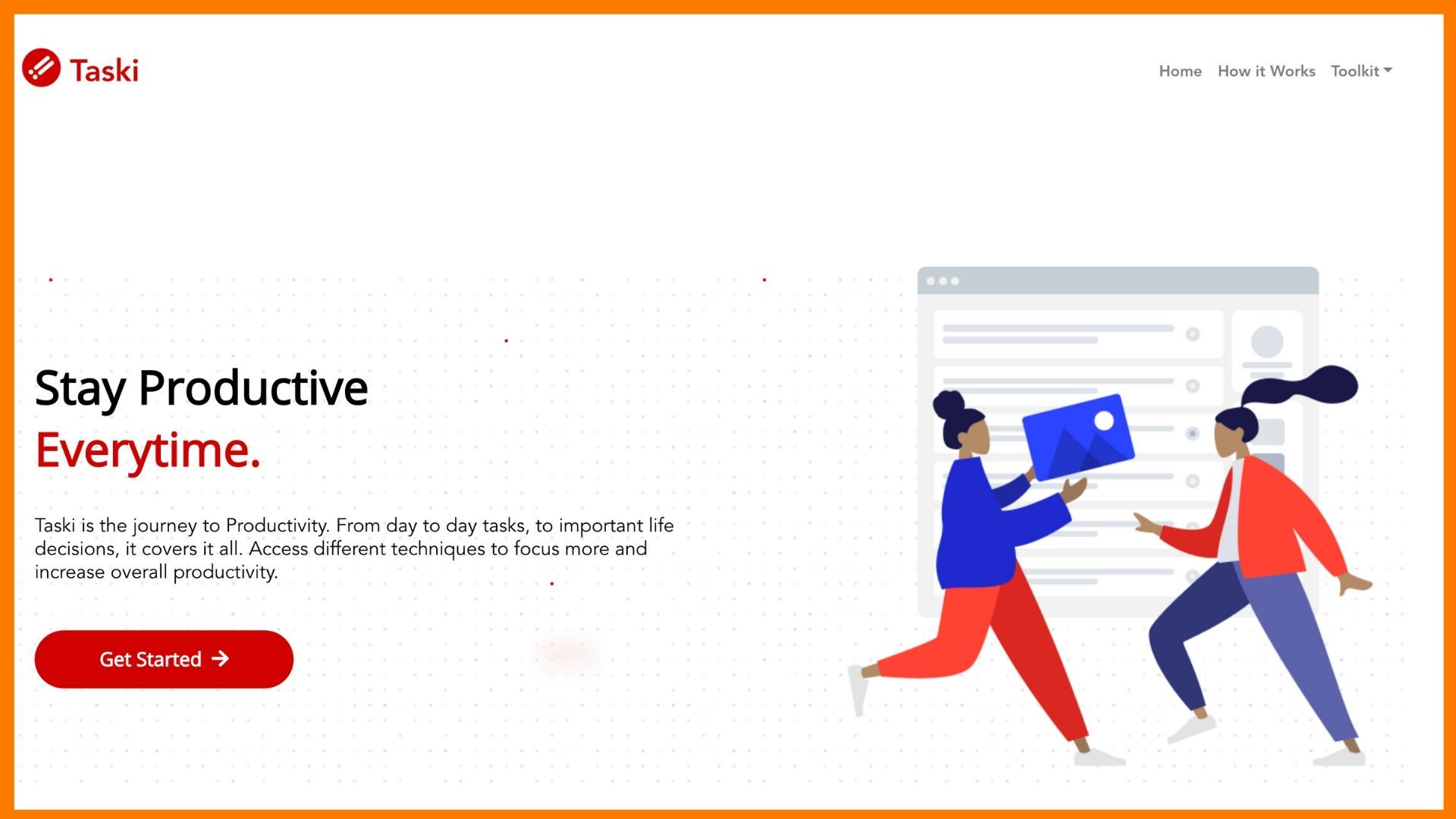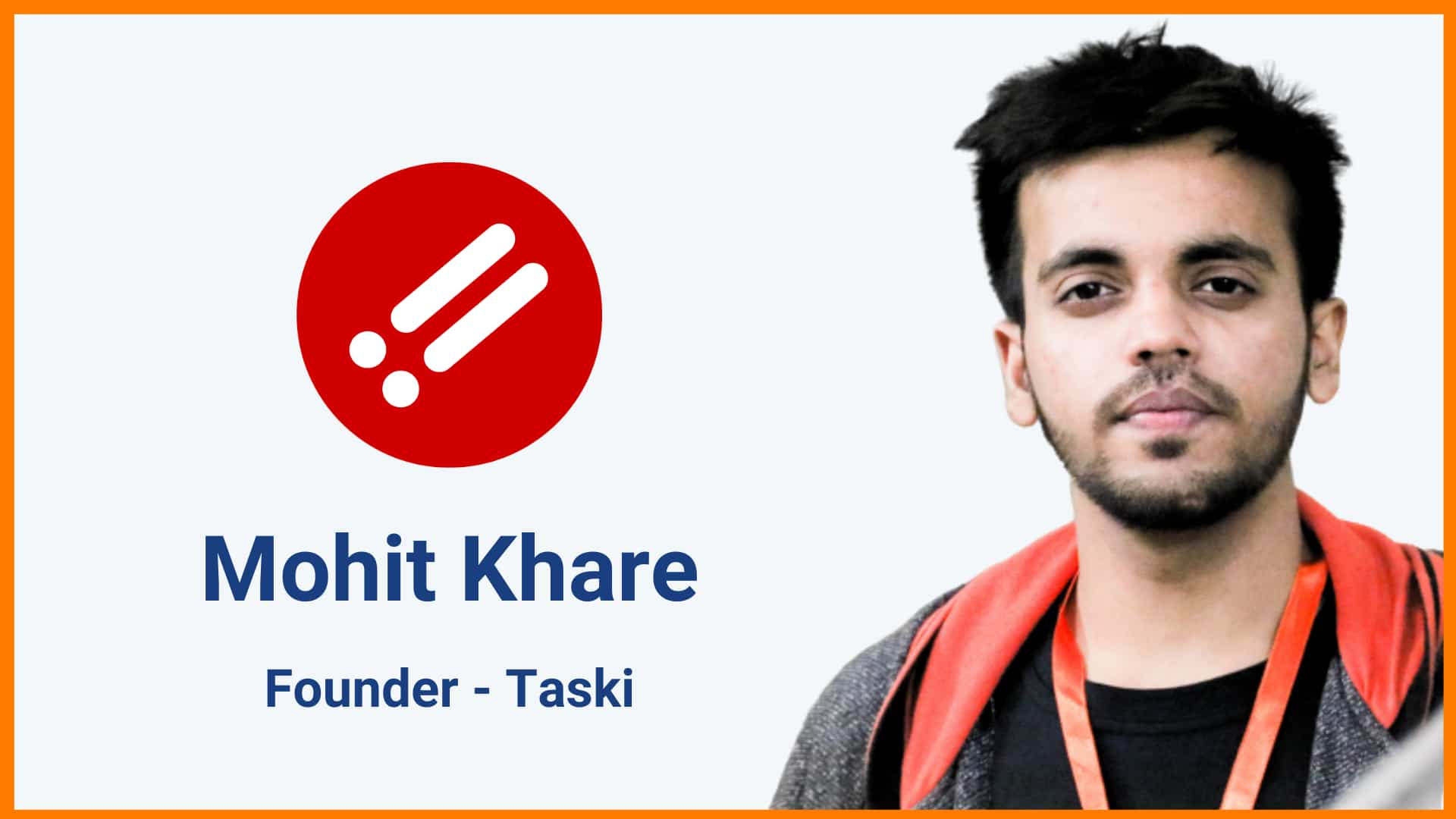Patanjali = Baba Ramdev + Ayurveda + Organic + Healthy + Desi + People’s Trust + Quality Product. The combination of all makes Patanjali a dynamic business model in a country like India. Speaking of this, the way Patanjali manifested itself in the Indian market reflects its brilliant marketing strategy and brand positioning. Though Patanjali has a wide range of products, it gets sold easily because of the brainchild behind this, i.e. Baba Ramdev, primarily known for his popularizing Yoga and Ayurveda in India.
Patanjali – Company Highlights
| Company Name | Patanjali Ayurved |
|---|---|
| Headquarters | Haridwar, Uttarakhand, India |
| Founders | Baba Ramdev & Acharya Balkrishna |
| Sector | Consumer goods & Healthcare |
| Founded | 2006 |
| Parent Company | Patanjali Ayurved Limited |
| Website | patanjaliayurved.org |
Patanjali Ayurved Limited was established in 2006 with the thought of rural and urban development. The company is not merely an organization but a thought of creating a healthy society through Yoga and Ayurveda.
Patanjali – About
Patanjali – History
Patanjali – Founders
Patanjali – Name, Logo & Tagline
Patanjali – Vision and Mission
Patanjali – How Did It Achieve Success?
Patanjali – SWOT Analysis
Patanjali – Products & Production
Patanjali – Why Did It Saw Downfall?
Patanjali – Growth & Revenue
Patanjali – Competitors
Patanjali – Achievements & Recognitions
Patanjali – Future Plans
Patanjali – About
Patanjali Ayurved, (commonly known as Patanjali), is an Indian fast-moving consumer goods (FMCG) company based in Haridwar, India. It was founded by Baba Ramdev and Acharya Balkrishna in 2006. Its registered office is located in Delhi, with manufacturing units and headquarters in the industrial area of Haridwar. The company manufactures cosmetics, ayurvedic medicine, and food products.
Patanjali fabricates mineral and natural items. It also has manufacturing units in Nepal under the trademark “Nepal Gramudhyog” and imports a greater part of herbs in India from the Himalayas of Nepal.

Patanjali – History

In 1995, Baba Ramdev was a little-known yoga teacher in Haridwar when his close associate, Acharya Balkrishna, and he set up Divya Pharmacy – under the aegis of Ramdev’s guru, Swami Shankar Dev’s, ashram – to make Ayurvedic and herbal medicines. The medicines proved so popular that Ramdev and Balkrishna sought to diversify. But that proved difficult since Divya Pharmacy was registered under a trust.
Meanwhile, Baba Ramdev started gaining popularity which helped him to receive funds from the likes of NRIs Sarwan and Sunita Poddar, as well as locals such as Govind Agarwal – which in turn helped to get bank loans. This led to the incorporation of Patanjali Ayurved as a private company in 2006, with the purpose to bring the Ayurved in the form of the various product range, particularly in healthcare, hair care, dental care, toiletries, food and more – at breathtaking speed.
The initial days were quite difficult for them. They hardly had money to pay for the registration of Divya Pharmacy. For the first three years, till 1998, they distributed the medicines free. From buying the raw materials to grinding and mixing, everything is done by themselves as they cannot employ staff because of the lack of money.
It is noteworthy for a brand to be not the same as its rivals, and Patanjali quickly developed its own identity. Patanjali’s mantra of low costs goods and ‘swadeshi’ are broadly viewed as the principal purposes for its prosperity.
How did Baba Ramdev do it? The man has astutely related Patanjali with Ayurveda, which pulled in a huge group of spectators. He has brought Ayurveda into the market by matching it with the need of the consumers, particularly, by developing a wide range of products, thus enhancing the brand recall value.
He has picked up the trust of clients not just by demonstrating the products to them but also by using them himself. However, all of the organization’s procedures to verify the quality and amount of the items are strictly followed.
Patanjali Ayurved bids broadly by anticipating a picture of regular and unadulterated items. Baba Ramdev, its image diplomat, is additionally an open figure and well-being advertiser whose mass intrigue has ascended in recent years.
Patanjali – Founders

In 1995, Balkrishna and Baba Ramdev founded Divya Yoga Mandir Trust in Haridwar, and in 2006, they founded Patanjali Ayurved a fast-moving consumer goods (FMCG) company involved in the manufacturing and trading of FMCG, herbal, cosmetics and ayurvedic products.
Swami Ramdev (born Ram Kisan Yadav in 1965), also known as Baba Ramdev, is an Indian yoga teacher and businessman, primarily known for his popularising Yoga and Ayurveda in India.
While Ramdev does not hold a stake in Patanjali Ayurved, he is the face of the firm and endorses its products to his followers across his yoga camps and television programs. Balkrishna owns 94% of the company and serves as its managing director. He is a close aide of Baba Ramdev.

Balkrishna claims 98.6% of Patanjali Ayurved, and as of March 2018, it has total assets of ₹43,932 crores ($6.1 billion). Acharya Balkrishna is India’s Third youngest Billionaire with US$2.3 billion wealth as per the Forbes list of India’s 100 Richest People (May 2021).
Patanjali – Name, Logo & Tagline

The word “Patanjali” is a compound name from”patta” (meaning falling, flying) and “añj” (honour, celebrate, beautiful) or “añjali” (reverence, joining palms of the hand). The meaning of Patanjali is ‘Famous Yoga Philosopher‘ or ‘The author of Yoga sutras‘.
The tagline of Patanjali is “Prakriti ka Aashirwad” which signifies that it uses Ayurveda (something that is perceived as a healthcare approach) and organic and natural ingredients to create a wide range of products, thus beautifully depicting an illusion in the mind of the customer that the product they’re using is really a nature’s blessing.
Patanjali – Vision and Mission
VISION
Keeping Nationalism, Ayurved and yoga as their pillars, Patanjali is committed to creating a healthier society and country by bringing the blessings of nature into the lives of people in the form of Ayurveda, a healthcare approach that is religious and spiritual. Having said that, Patanjali is all set to create a history in the Indian FMCG sector.
MISSION
Ayurveda has its foundation laid in ancient times as a healthcare approach but people have been neglecting it. So, there when Patanjali came into the picture to make India an ideal place for the growth and development of Ayurveda and a prototype for the rest of the world by upbringing awareness among people.
Patanjali – How Did It Achieve Success?

Patanjali is the biggest Swadeshi FMCG brand. There is a great deal of information one can gain from Patanjali’s plan of action.
Baba Ramdev made an unpredictable plan of action for selling ayurvedic items. He never introduced his products as ayurvedic medications in the market, he propelled them as FMCG products.
Patanjali Ayurved is not entirely different from other FMCG organizations but it has a strategy similar to them as the products are offered to clients at an edge to procure a benefit.
Here are the factors which helped Patanjali to achieve success.
Pricing of Products
Moderate estimating of Patanjali items is one reason for its solid infiltration into the Indian market. As Baba Ramdev stated, the motivation behind Patanjali is Upkar and not Vyapar. Patanjali aims to give great quality items at low costs. How is it able to sell items at lower prices when compared to its rivals?
- The organization sources items legitimately from ranchers and removes middlemen from the picture. This allows Patanjali to reduce crude material acquirement costs.
- Patanjali appreciates a duty excluded status which is smack on the essence of other FMCG organizations.
- Patanjali acquired terrains at a much-limited rate.
- Patanjali doesn’t contract MBAs for selling their item, it employs a lesser number of experts. The organization has faith in assembling the items which the customers may purchase without the need for additional push to sell the item. There is nobody in that organization who is paid crores in salary.
- The edge of merchants and retailers is less in Patanjali items when contrasted with other FMCG items.
Swadeshi Factor
The advancement system of Patanjali is entrancing with the “Make In India” campaign to gain more attention from the customers. Baba Ramdev’s main motive is to replace MNCs. They promote their products by saying that it doesn’t contain unsafe synthetic compounds and only natural pith. “Also by purchasing our items, you are guaranteeing the cash you spend remains in India.” The Swadeshi factor has proved to be a profitable strategy.
Baba Ramdev Buzzing Personality
Patanjali doesn’t rely on entertainers or sportsmen to promote its catalogue. Baba Ramdev is a steadying force. He has amassed an enormous group of devotees over 20 years through diligent work around yoga and Ayurveda. This saves the Indian FMCG giant a lot of investment when it comes to promotion and publicity.
A large number of individuals, from India as well as abroad, follow this other-worldly master. Baba accepted this as an open door and propelled a different scope of items under the brand name ‘Patanjali’.
Branded House Strategy
In this technique, different items are propelled and advanced under one brand. For instance – Apple has different items like Mac, iPad, iPhone, and more. Even though each one of them is unique and performs various capacities, collectively they are seen as Apple items.
Similarly, Patanjali advances all of its items under one brand. This additionally encourages lower costs in showcasing and publicizing as it doesn’t need to advance every item. Patanjali pushes for the image name “Patanjali.”
Distribution & Supply Strategy

Patanjali Ayurved Ltd. built its one-of-a-kind retail organization. It began selling products through its own channels of super distributors, distributors, Chikitsalayas (franchise dispensaries), and Arogya Kendras.
- Chikitsalaya – Pharmacies where specialists analyzed patients for nothing and suggested purchasing drugs from stores nearby. This is a unique system no other organization thought of.
- Patanjali Arogya Kendras, a well-being and health focus centre.
- Non-drug outlets are called Swadeshi Kendras. Additionally, the organization has numerous restrictive outlets across India. Patanjali items can also be purchased online.
Promotion Strategy

Patanjali uses a marketing mix model strategy to promote its brand or product in the market. The 4Ps make up a typical marketing mix – Price, Product, Promotion and Place.
- Price: Patanjali uses a value-based pricing strategy primarily based on a consumer’s perceived value of a product or service that aligns with its competitors.
- Product: It has a wide range of all existing and herbal products for different diseases.
- Promotion: It uses different platforms for promotions like Yog Shivir, Youtube, Social media, Free media promotions, etc.
- Place: Products are available at various franchise stores, super/hypermarkets & online marketplace.

STP Analysis of Patanjali

- Segmentation: Patanjali divides the market on the basis of age, lifestyle, personality, class, gender, etc. depending upon the people looking for healthy FMCG products.
- Targeting: Patanjali offers products for all aged people but it targets mainly middle and upper-middle-class families who prefer ayurvedic products.
- Positioning: Patanjali positioned itself as a healthier and safer product in the FMCG category that treats diseases with zero side effects.
Authentic Selling Strategy

Patanjali uses an authentic selling strategy/authentic marketing to communicate openly, honestly and genuinely with customers. Baba Ramdev promotes the product in his yog shivir, youtube channels and other media platforms.
Patanjali – SWOT Analysis
The SWOT analysis of Pantajali Ayurved is mentioned below:

Strengths
- Offers 100% natural products with few side effects.
- The brand image of the trust.
- Extensive marketing has helped Patanjali to consider socially responsible for the health of the society, thus pulling people into accepting its products as a healthier and safer option.
- Baba Ramdev’s buzzing personality helped in the quick sale of the products.
- Excellent word-of-mouth marketing has helped the brand grow.
- Established a successful distribution network in urban areas.
Weaknesses
- Low export levels.
- Diversification to other products raised quality issues.
- No distribution network in rural areas.
- Less expenditure on marketing and promotional activities.
Opportunities
- Patanjali can tap the overseas and rural market as people are becoming more health-conscious.
- Can enter more segments in personal hygiene, FMCG, etc.
- Can diversify in different sectors like clothing, education, restaurants, etc.
- Can bring change in the trend of becoming more health-conscious and using more organic products.
Threats
- Political Interferences.
- Big players can overcome new competition from Patanjali with their existing model.
- Removal of import restrictions.

Patanjali – Products & Production

Patanjali has a wide range of quality products – Natural Food Products, Natural Health Care, Natural Personal Care, Ayurvedic Medicines, Herbal Home Care & Patanjali Publication with 50000000+ consumer reach, 300000+ stores reach, 1000+ products and 5000+ Patanjali stores.
Patanjali Food and Herbal Park at Haridwar is the primary creation office of Patanjali Ayurved. The organization has a creation limit of ₹35,000 crores ($5.1 billion) and is growing to a limit of ₹60,000 crores through its new generation units at a few spots, including Noida, Nagpur, and Indore.
The organization intends to set up further units in India and Nepal. In 2016, the Patanjali Food and Herbal Park were given a full-time security front of 35 outfitted Central Industrial Security Force (CISF) commandos. The recreation centre will be the eighth private establishment in India to be watched by CISF paramilitary forces. Baba Ramdev is himself a “Z” class protectee of focal paramilitary forces.
Patanjali Ayurved produces items in the class of individual consideration and food. The organization makes more than 2,500 items, including 45 sorts of corrective items and 30 kinds of sustenance items.
As indicated by Patanjali, all the items fabricated by Patanjali are produced using Ayurveda and characteristic components. Patanjali has additionally propelled magnificence and infant products.
Patanjali Ayurvedic producing division has more than 300 drugs for treating a wide scope of sicknesses and body conditions, from normal cold to ceaseless paralysis. Patanjali propelled Atta noodles on 15 November 2015. The organization is accounted for fabricating conventional garments like Kurta, Pyjama and jeans.
On 5th November 2016, Patanjali declared that it will set up another assembling plant Patanjali Herbal and Mega Food Park in Balipara (Assam) by contributing ₹1,200 crores ($170 million). It would have an assembling limit of 10 lakh products every year. The new plant will be the biggest office of Patanjali in India and is operational at the moment. Patanjali as of now has around 50 assembling units in India.
Patanjali – Why Did It Saw Downfall?
Patanjali Ayurved, being one of the leading FMCG brands in India, had seen a downfall in its sales in 2017. Patanjali has always been the consumer’s favourite due to its affordability, use of natural & organic ingredients and Swadeshi factor.
Following are the reasons that have slowed down the growth of Patanjali in 2018:-
- Lack of Innovation: Without innovation, there is not anything new and without anything new, there is no progress especially when everything around you is innovating. Since the introduction of the goods and services tax (GST) hit its operations in 2017, Patanjali has not managed to recover from the low growth cycle. As a result, its top line declined 10% in FY18. The decline was primarily because of its inability to adapt to the GST regime and develop infrastructure and supply chain.
- Lack of Advertising: The decrease in advertising slowed down the growth of Patanjali. Patanjali didn’t focus more on advertising as a result faced a decline in its sales because people were not aware of its natural and organic products.
- Ignoring Competition: One of the major reasons why Patanjali faced decline is ignoring its competitors. It’s very important for a company to keep an eye on its competitors. Patanjali has created many rivalries along with success and started rolling out their own variant of natural and organic products.
- Poor Management: After gaining huge popularity among consumers, Patanjali diversified itself among various sectors besides FMCG. It became difficult to manage the business verticals and ensure quality checks of the products. As a result, various quality issues emerged that resulted in the decline of its growth.
Despite single-digit top-line growth in FY20, Baba Ramdev was hopeful that Patanjali will regain its lost glory.

Patanjali – Growth & Revenue

Patanjali Ramdev reported a 9% jump in its revenue in FY21 and the net profit grew 14%. The net profit of Patanjali was Rs 485 crore while its revenue was around Rs 1000 Crores. The fast-moving consumer goods (FMCG) major Patanjali Ayurved has reported a 22% growth in its net profit for 2019-20 (FY20). According to the financial data accessed by business intelligence platform Tofler, the group’s flagship entity reported Rs 423 crore net profit for the year, compared to Rs 349 crore it had posted in 2018-19 (FY19).
Patanjali Ayurved, earned over 80% of Patanjali Group’s total revenue, such that its operating revenue grew 6% to Rs 9,023 crore in FY20.
The firm’s top-line growth remained higher than the previous year. In FY19, the Ayurveda major had clocked Rs 8,330 crore turnover – 2.4% higher than Rs 8,136 crore it had posted in 2017-18 (FY18).
Since its sales lost momentum in 2016-17 (FY17), Patanjali is yet to regain the momentum it used to have earlier.
In 2014-15 and 2015-16 (FY16), its revenue had grown 86% and 100%, respectively.
In recent years, its net profit, too, has suffered. Despite double-digit growth, Patanjali’s net profit fell well short of the Rs 1,190 crore it had reported four years ago.
In FY20, its net profit margin stood at 4.67%, compared to 13.3% in FY17 and 16% in FY16.
Some anticipated incomes of ₹5,000 crores ($720 million) for 2015–16. Patanjali proclaimed its yearly turnover for the year 2016-17 to be ₹10,216 crores ($1.5 billion). It was recorded thirteenth in the rundown of India’s most confided in brands (The Brand Trust Report) starting in 2018, and positions first in the FMCG classification.
Patanjali – Competitors
The top competitors of Patanjali are:
- Dabur India
- Procter and Gamble
- Marico
- ITC
- Nestle Ltd.
- HUL (Hindustan Unilever Limited)
- Baidyanath
- Emami
- Himalaya Herbal
Now with aggressive venturing into all FMCG products, Patanjali faces heavy competition from almost every major brand.
Patanjali – Achievements & Recognitions
- In 2016, Patanjali was awarded the “Bharat Jyoti Award” by the India International Friendship Society
- “Bloomberg Special Recognition Award” to Acharya Balkrishna in 2016
- In 2014, Patanjali was recognized as an “Ayurveda Expert” in an Ayurveda Summit, held in Gujarat
- “Manav Ratna” award by Antarrashtriya Manav Milan Organization in 2013
- Honoured by “Sanskrit Prasarini Sabha”, Assam in November 2013
- Awarded “Spirit and Entrepreneurship Award” towards humanity by ISOL Foundation in 2011
- “UNSDG 10 Most Influential People in Healthcare Award” to Acharya Balkrishna.

Patanjali – Future Plans
Patanjali Ayurved Ltd has achieved a tremendous presence around the globe and throughout India in a very small time since its inception in 2006. They have more than 47000 retail counters, 3500 distributors, multiple warehouses in 18 states and proposed factories in 6 states.

Patanjali is the quickest developing organization in the Indian FMCG segment, a $50 Billion industry once commanded by worldwide behemoths – a semblance of Unilever, P&G, Nestle, Colgate – Palmolive, Johnson and Johnson.
From cleanser and bread rolls to ghee and noodles, and now clothing and footwear – no indigenous organization has fabricated such a well-differentiated item portfolio. It has developed more than multiple times in income in the most recent five years and is an unmatched accomplishment in India’s FMCG industry.
The organization focused on incomes of Rs.10,000 crore for FY 2016-17 and Rs. 20,000 – 25,000 crore in FY 2018. It has a broad deals channel of more than 5000 merchants, 15,000 stores, and 100 uber bazaars.
Also, it has tied up with retail chains like Future Group, Reliance Retail, Hyper City, and Star Bazaar. The ongoing declarations of a Rs. 1,600 crore sustenance park in Noida and a Rs. 1,200 crore creation office in Assam highlight the buzz around Patanjali’s arrangements to showcase the organization’s hearty extension plan.
With a growth rate of 130%, the Patanjali Group is planning to make a foray into major global markets. As the group is already present in markets like the US, Canada, the UK, Russia, Dubai and some European countries, it is willing to spread its wings wider and farther.
Conclusion
Patanjali, being a Swadeshi brand has always been in the limelight because of its Ayurvedic products. Each of their steps has been cleverly strategized to bring the best to the brand. Even after facing a few setbacks, the company is standing tall as ever, being the fastest-growing company in the Indian FMCG sector.
Patanjali is expected to go a long way in the future, only if it manages to keep itself ahead of competitors. It has a major advantage over other competitors as Baba Ramdev, a famous Yoga teacher, is the face of the firm.
FAQs
Who is the founder of Patanjali products?
Baba Ramdev & Acharya Balkrishna are the founders of Patanjali products.
When was Patanjali established?
Patanjali was established in 2006.
Are Patanjali products FSSAI approved?
Many Patanjali products lack approval by the Food Safety and Standards Authority of India (FSSAI) the federal food safety regulator of India.
What strategy made Patanjali so successful?
The Swadeshi factor, and claim to be chemical-free products promoted by Baba Ramdev have proved to be a profitable strategy for Patanjali.
Who are the competitors of Patanjali?
The top competitors of Patanjali are:
- Dabur India
- Procter and Gamble
- Marico
- ITC
- Nestle Ltd.
- HUL (Hindustan Unilever Limited)
- Baidyanath
- Emami
- Himalaya Herbal
What is the revenue of Patanjali?
The revenue of Patanjali was recorded $4.2 Billion in 2021.






























